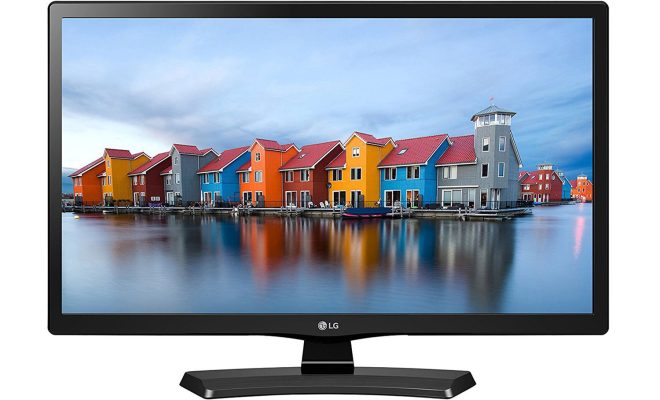What Is Liquid Crystal Display (LCD)?

Liquid crystal display (LCD) is a type of flat-panel display that uses liquid crystals for displaying images. LCD technology is commonly used in televisions, computer monitors, laptops, smartphones, and other electronic devices.
The basic principle behind LCD is the property of liquid crystals to change orientation when an electric current is applied to them. These liquid crystals are sandwiched between two thin layers of glass or plastic that have transparent electrodes applied to them.
When an electric current is applied to the liquid crystals, they align themselves in a particular direction, allowing light to pass through them. By varying the electric current across different segments of liquid crystals, various colors can be produced, and images can be displayed.
The liquid crystals are of two types: twisted nematic (TN) and in-plane switching (IPS). TN is the more commonly used type of liquid crystal, and it is known for its fast response time and low power consumption. IPS, on the other hand, has better color reproduction and wider viewing angles.
There are three main components of LCD: backlight, liquid crystals, and color filters. The backlight provides the source of light that passes through the liquid crystals to produce an image. The liquid crystals act as a gatekeeper of light, allowing it to pass through in varying degrees. Color filters are used to produce a full range of colors.
The resolution of LCD displays is determined by the number of pixels present on the screen. Each pixel is made up of three sub-pixels, which consist of a red, green, and blue filter. By independently controlling the brightness of these sub-pixels, various colors can be produced.
LCD displays are known for their thin design, lightweight and low power consumption. They are also known for their excellent image quality and brightness, making them a favored display technology for both personal and professional use.
In conclusion, LCD is a popular technology used in electronic devices that uses liquid crystals to produce images. It has components such as backlight, liquid crystals, and color filters, which work together to display images with high quality, brightness, resolution, and low power consumption. LCD has become an essential part of daily life, and it is continuously being improved to meet the demands of consumers.






